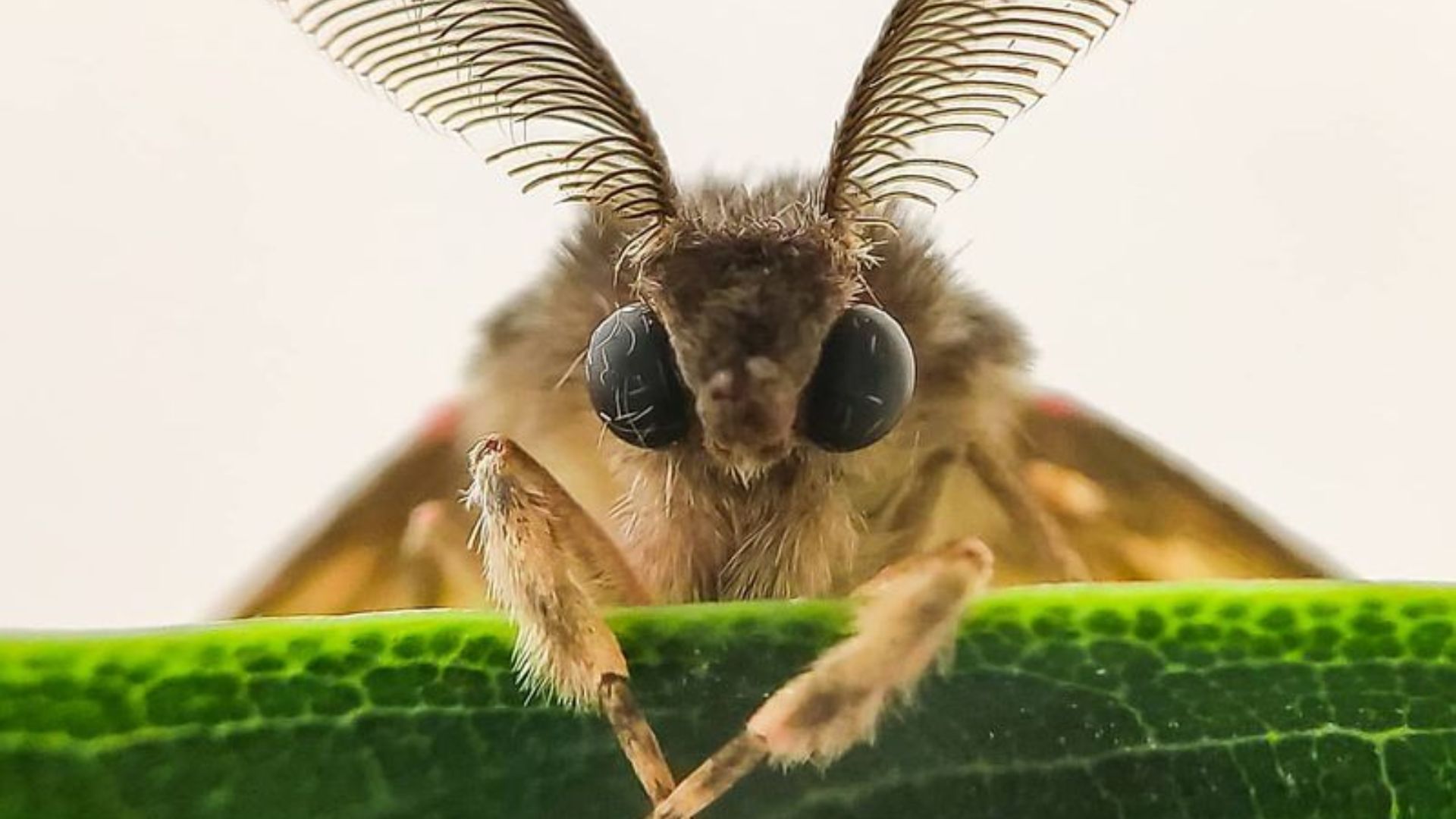Insects play crucial roles in our ecosystems, but some can be quite harmful to both plants and humans.
Whether damaging crops, spreading disease, or simply being a nuisance, these insects should be controlled to protect our health and food supply. Here, we explore some of the most harmful insects you should squash immediately if you encounter them.
1. European Corn Borer
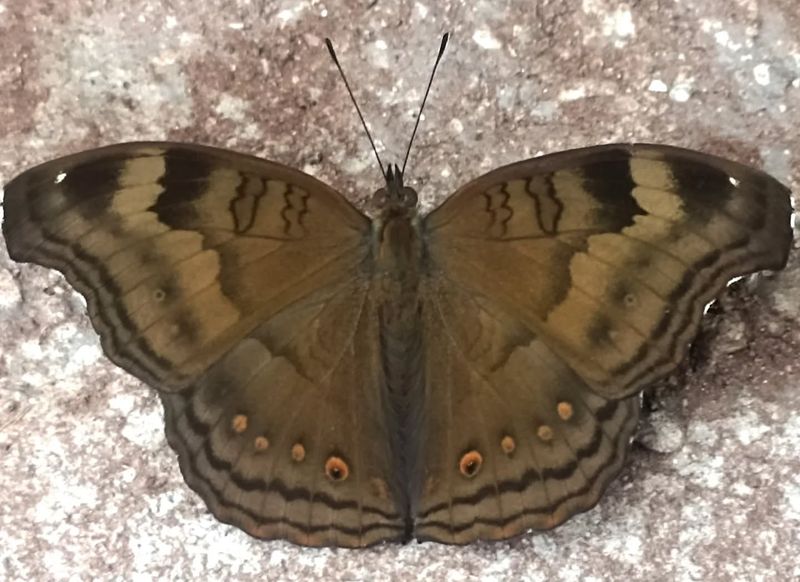
The European Corn Borer is a significant pest known for its detrimental impact on corn crops. Originating from Europe, this insect has made its way into North America, where it causes considerable damage to cornfields.
The larvae of the corn borer tunnel into corn stalks, disrupting the plant’s ability to transport nutrients, which can lead to reduced crop yields. Farmers must remain vigilant, as an infestation can quickly spread, destroying vast areas of farmland.
Early detection and control are vital, often involving the use of insecticides or biological controls like Bt (Bacillus thuringiensis) corn, which is genetically modified to resist these pests. In some cases, crop rotation is recommended to prevent the larvae from finding a suitable environment to thrive.
Reducing the impact of the European Corn Borer not only helps in maintaining crop productivity but also ensures economic stability for farmers dependent on corn as a major income source.
Protecting corn crops requires a multifaceted approach that includes monitoring, preventive measures, and targeted pest control strategies.
2. Kudzu Bug
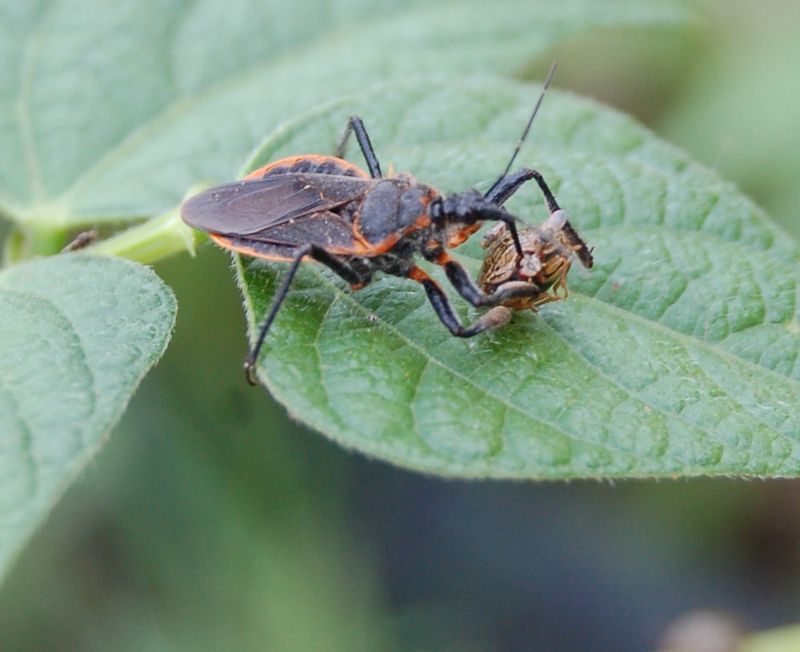
The Kudzu Bug, an invasive pest from Asia, has become a significant concern in the Southern United States. This small, brown, shield-shaped bug primarily feeds on the kudzu vine, an invasive plant species itself.
However, the real problem arises when Kudzu Bugs turn their attention to soybeans, a crucial crop for many farmers. Infestations can lead to significant reductions in soybean yield, as these bugs suck the sap from the plants, weakening them and making them more vulnerable to disease.
Farmers often struggle to control their populations, as these pests can quickly multiply and spread. One effective control measure is the use of insecticides, though timing is critical to ensure effectiveness.
Additionally, natural predators like certain types of wasps can help keep the Kudzu Bug populations in check. Homeowners should also be aware that these bugs can become a nuisance if they enter homes in search of warmth. Seal entry points and remove nearby kudzu to minimize their presence.
3. Asian Citrus Psyllid
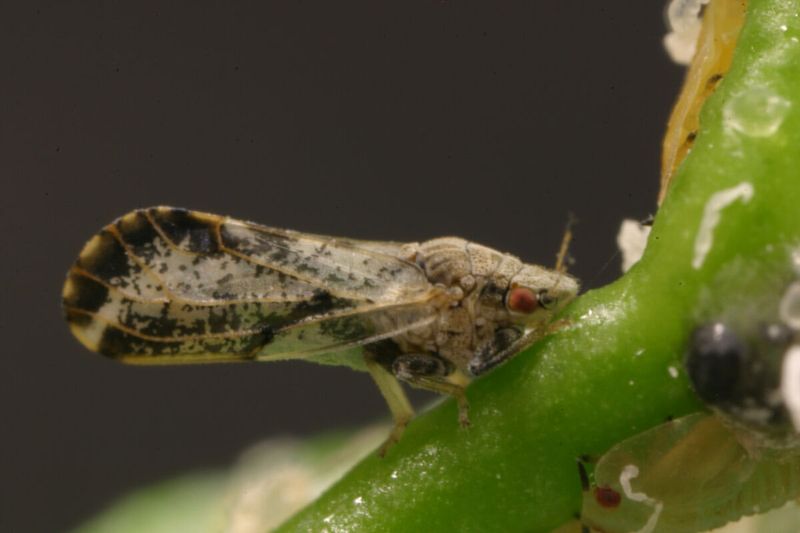
The Asian Citrus Psyllid is a tiny insect with a disproportionately large impact on citrus crops. It is most notorious for spreading the bacteria that causes Huanglongbing (HLB), or citrus greening disease, which is devastating to citrus trees.
Originating in Asia, this pest has spread to many citrus-growing regions around the globe. Once a tree is infected with HLB, there is no cure, and it eventually dies. The disease affects the fruit’s quality, making it misshapen and bitter, and ultimately unmarketable.
The economic repercussions for citrus growers can be severe, leading to the loss of entire orchards. To combat this pest, growers often rely on monitoring and managing psyllid populations through insecticides and biological controls.
Removing infected trees from orchards is also crucial to prevent the spread of disease. Public awareness and coordinated efforts between growers and agricultural agencies are essential to manage this pest effectively.
4. Red Imported Fire Ant
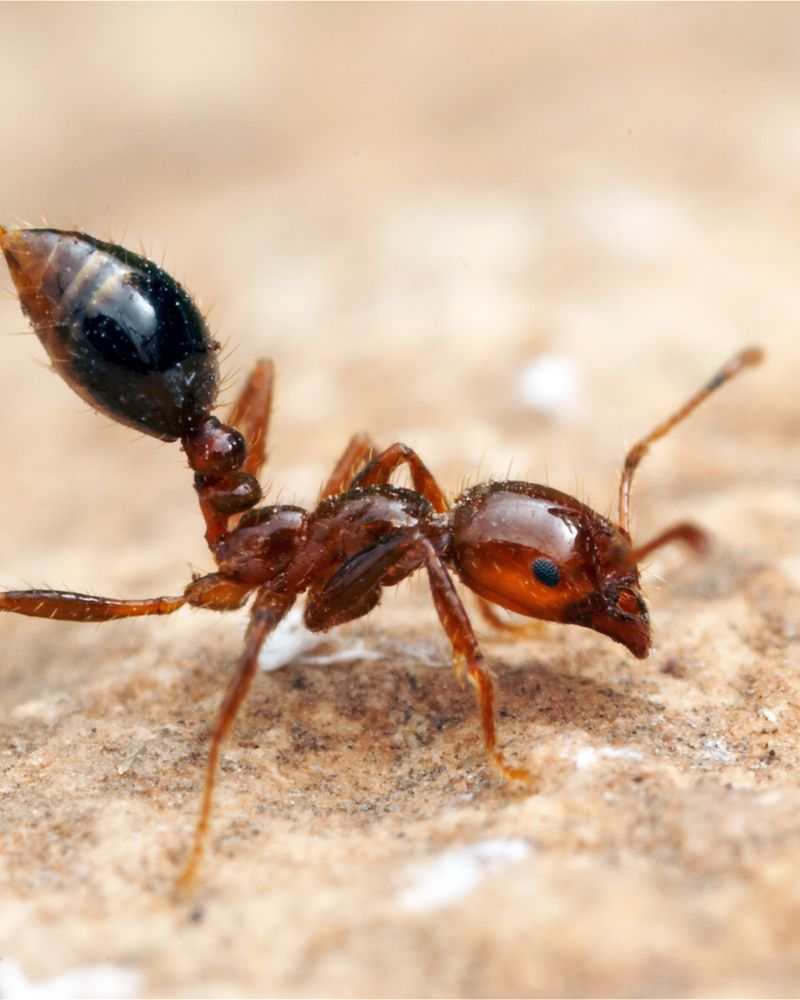
Red Imported Fire Ants are notorious for their painful stings and aggressive behavior. Originating from South America, they have established themselves in the United States, where they pose a threat to both humans and wildlife.
Their mounds, often found in gardens and lawns, can disrupt outdoor activities, and their stings can cause allergic reactions in sensitive individuals. These ants also inflict significant damage on native wildlife by preying on young birds and reptiles.
Their presence can alter local ecosystems and biodiversity. Managing infestations often involves using bait pesticides that target the queen and disrupt the colony. Homeowners should be cautious when dealing with fire ant mounds, as disturbing them can provoke an aggressive swarm.
Professional pest control services are often recommended for severe infestations. Regular monitoring and maintenance of outdoor areas can help prevent these ants from establishing colonies.
5. Emerald Ash Borer
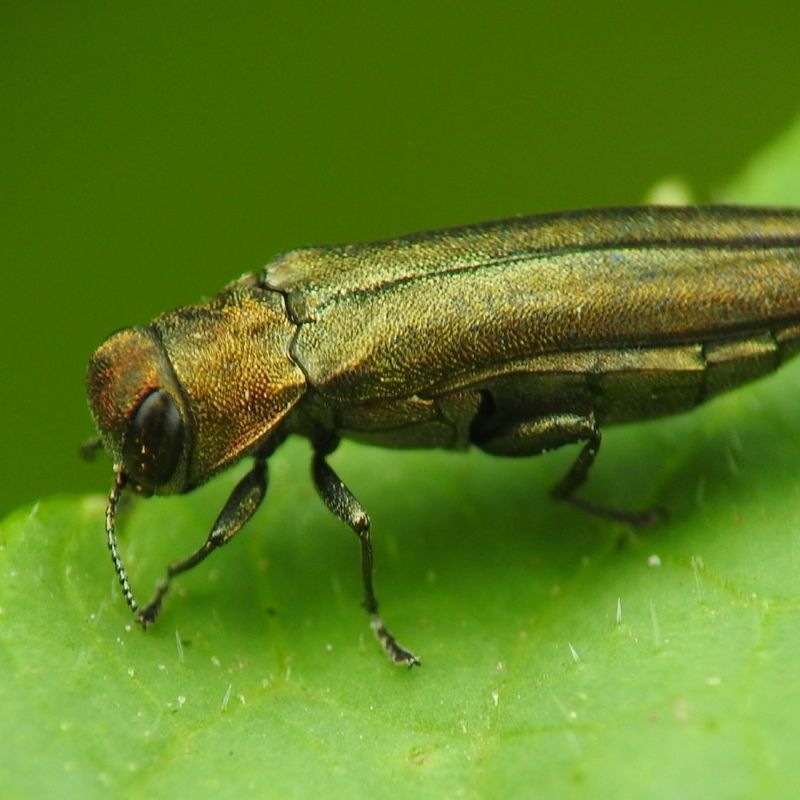
The Emerald Ash Borer is a highly destructive beetle responsible for the death of millions of ash trees across North America. First detected in the United States in 2002, this invasive species from Asia has rapidly spread, causing ecological and economic damage.
The larvae bore into the tree’s bark, disrupting its ability to transport water and nutrients, leading to the tree’s eventual death. Efforts to control the spread of this pest include quarantines and restrictions on the movement of ash wood.
Biological control methods, such as introducing natural predators like parasitoid wasps, have also been explored. However, prevention remains the best strategy, with regular inspections and the use of systemic insecticides to protect healthy trees.
Homeowners and municipalities are encouraged to plant a diverse range of tree species to reduce the impact of future infestations. Public awareness campaigns and research into resistant ash tree varieties are also crucial in managing this ongoing threat.
6. Brown Marmorated Stink Bug
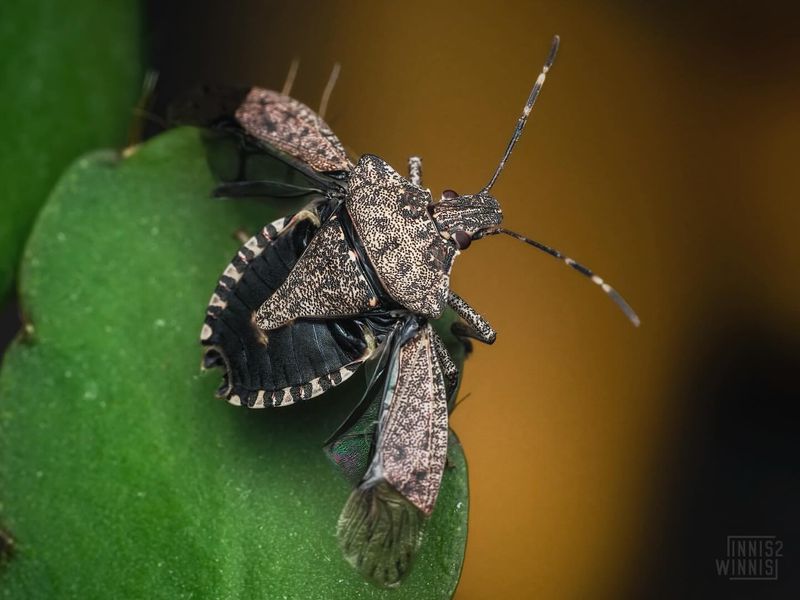
The Brown Marmorated Stink Bug is a notorious agricultural pest known for its wide-ranging appetite. Originally from Asia, this bug has spread to North America and Europe, where it targets a variety of crops including fruits, vegetables, and ornamental plants.
Its feeding habits not only damage the plants but also lead to significant economic losses for farmers. These bugs are also a household nuisance, often entering homes in large numbers seeking warmth during the colder months.
They emit a foul odor when crushed or disturbed, which makes dealing with them particularly unpleasant. Managing stink bug populations can be challenging, as they have few natural predators in their introduced range.
Farmers often rely on insecticides, though these can have environmental drawbacks. Integrated Pest Management (IPM) strategies, which combine biological, cultural, and chemical controls, are considered the most effective approach.
Homeowners can prevent infestations by sealing entry points and using traps or insecticides as needed.
7. Spotted Lanternfly
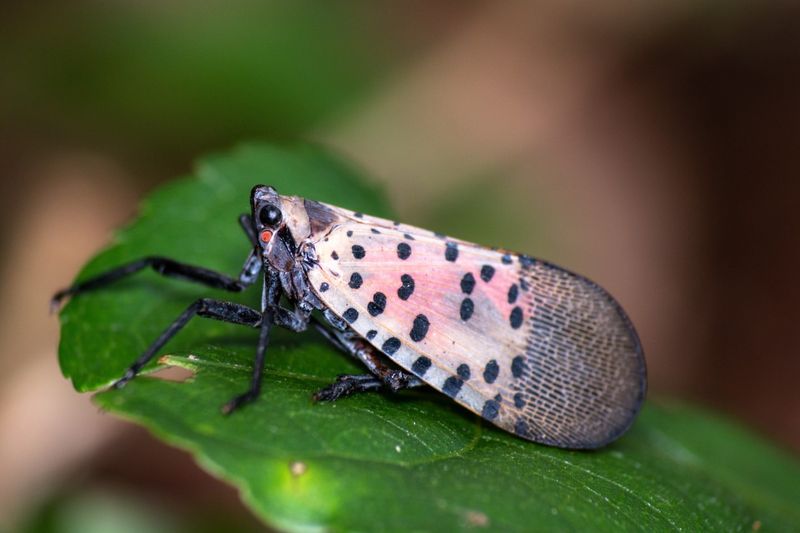
The Spotted Lanternfly is an invasive pest that poses a serious threat to agriculture, particularly vineyards and orchards. Native to Asia, this insect has spread to North America, where it feeds on a wide range of plants by sucking sap, leading to wilting and reduced growth.
Grapevines, fruit trees, and hardwoods are particularly vulnerable. The damage caused by Spotted Lanternflies can result in significant economic losses, especially in the wine and fruit industries.
Their feeding habits also produce a sticky residue that encourages mold growth, further harming the plants. Controlling this pest requires a coordinated effort involving monitoring, the use of insecticides, and the destruction of egg masses.
Public awareness and community involvement are also crucial, as early detection can prevent the spread of infestations. Researchers are exploring biological control options, such as introducing natural predators, to help manage populations sustainably.
8. Asian Longhorned Beetle
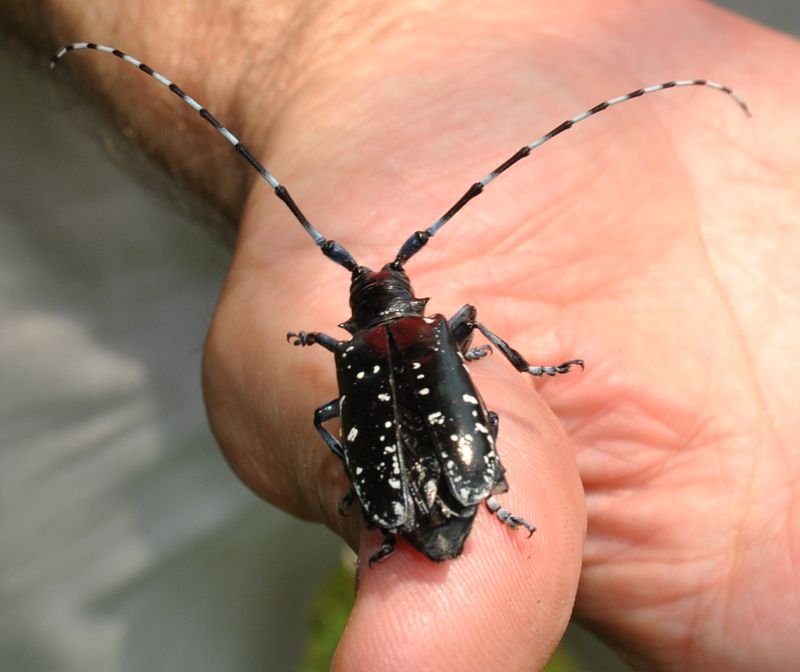
The Asian Longhorned Beetle is a destructive pest known for its ability to kill a wide range of hardwood trees. First discovered in North America in the 1990s, it has since been a major concern for both urban and rural forestry.
The beetle’s larvae tunnel into trees, disrupting the flow of water and nutrients and causing structural damage that can lead to the tree’s death. Economic impacts are significant, as the loss of trees affects timber industries and urban landscapes.
Control measures often involve removing and destroying infested trees to prevent the beetles from spreading. Quarantines and restrictions on moving firewood are also implemented to contain outbreaks. Efforts to combat the Asian Longhorned Beetle include public education and monitoring programs.
Early detection is vital, and community involvement can help report sightings and reduce the beetle’s spread. Researchers continue to explore biological control agents and resistant tree species as potential long-term solutions.
9. Tomato Hornworm
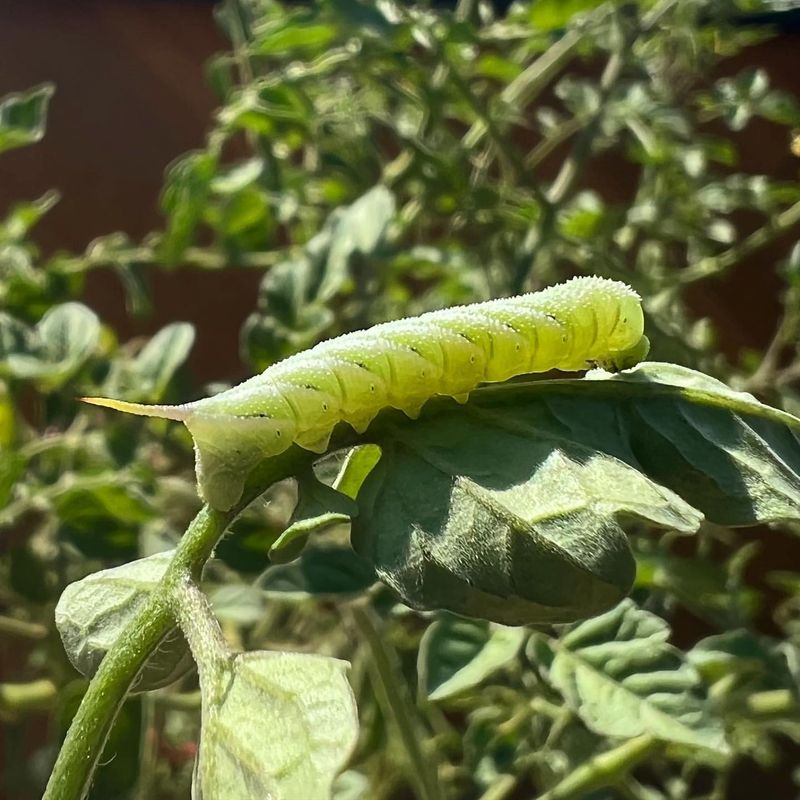
The Tomato Hornworm is a voracious caterpillar known for its appetite for tomato plants. This insect can decimate a garden in a short period, stripping leaves and damaging fruit.
The hornworm, identified by its green body and horn-like tail, primarily targets tomatoes but will also feed on related plants like peppers and potatoes. Gardeners often find these pests difficult to spot due to their excellent camouflage.
However, the damage they inflict is unmistakable, with chewed leaves and fruit being clear indicators of their presence. Controlling hornworms usually involves handpicking them off plants, especially in small gardens.
For larger infestations, biological controls such as introducing parasitic wasps can be effective. Insecticides are also an option, but care must be taken to avoid harming beneficial insects. Maintaining healthy garden practices and monitoring plants regularly can help prevent severe damage.
10. The Tiger Mosquito
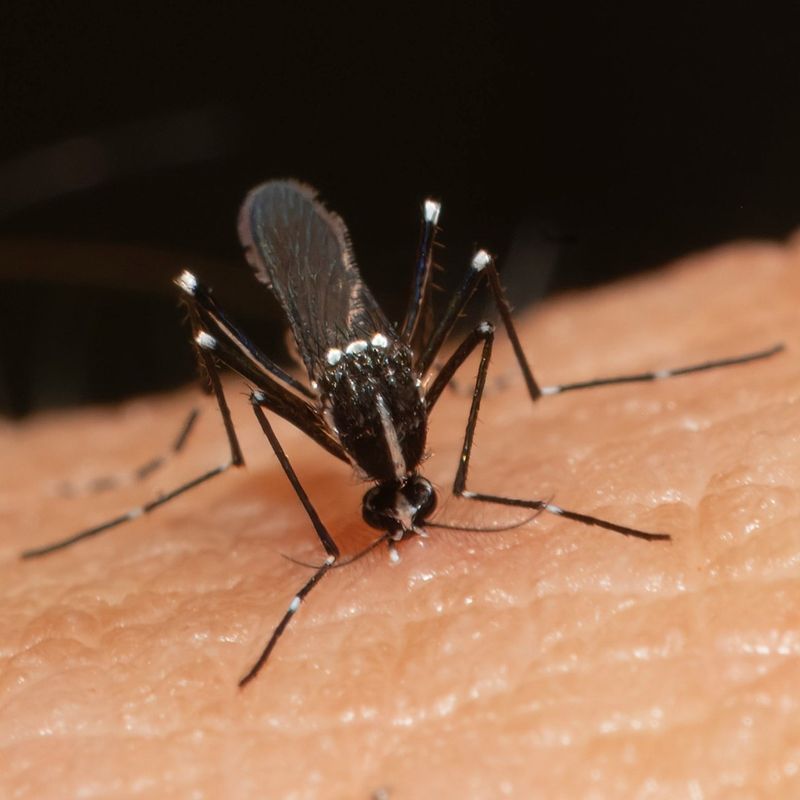
The Tiger Mosquito, also known as the Asian Tiger Mosquito, is a highly invasive species notorious for its aggressive biting behavior. Originating from Southeast Asia, this mosquito has spread to many parts of the world, including the United States and Europe.
It is a known vector for various diseases, including dengue fever, Zika virus, and chikungunya. These mosquitoes are distinguished by their black and white stripes and are active during the day, unlike many other mosquito species.
Their presence in urban areas makes them a significant public health concern, as they can rapidly transmit diseases among human populations. Controlling Tiger Mosquitoes involves removing standing water where they breed, using insect repellents, and installing screens on windows and doors.
Community-wide efforts are essential, as these mosquitoes can fly only short distances. Public health campaigns to raise awareness and promote preventive measures are crucial in reducing their impact.
11. Japanese Beetle
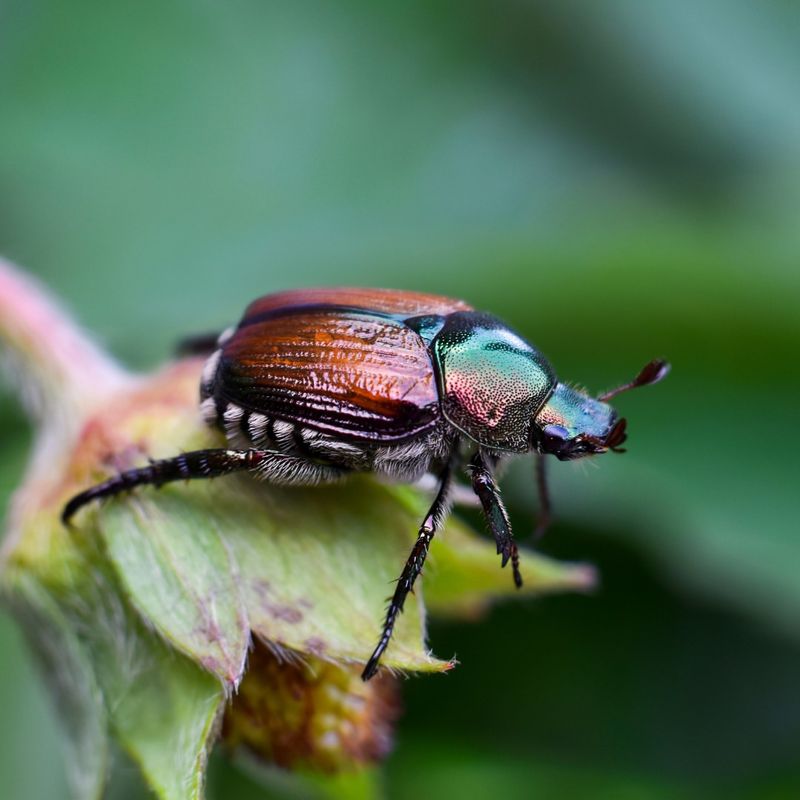
The Japanese Beetle is an invasive species known for its destructive feeding habits on over 300 plant species. Originally from Japan, this beetle has become a significant pest in North America, particularly in gardens and landscapes.
It feeds on the foliage, flowers, and fruits of plants, skeletonizing leaves and causing considerable damage. Gardeners often find themselves battling these beetles throughout the summer months. Control methods include handpicking the beetles, using traps, and applying insecticides.
However, care must be taken with insecticides to protect beneficial insects and the surrounding environment. Integrated Pest Management strategies, such as introducing natural predators like tachinid flies and parasitic wasps, are also employed to keep populations in check.
Maintaining healthy soil and plant diversity can help reduce the impact of Japanese Beetles, making gardens more resilient to infestations.
12. Gypsy Moth
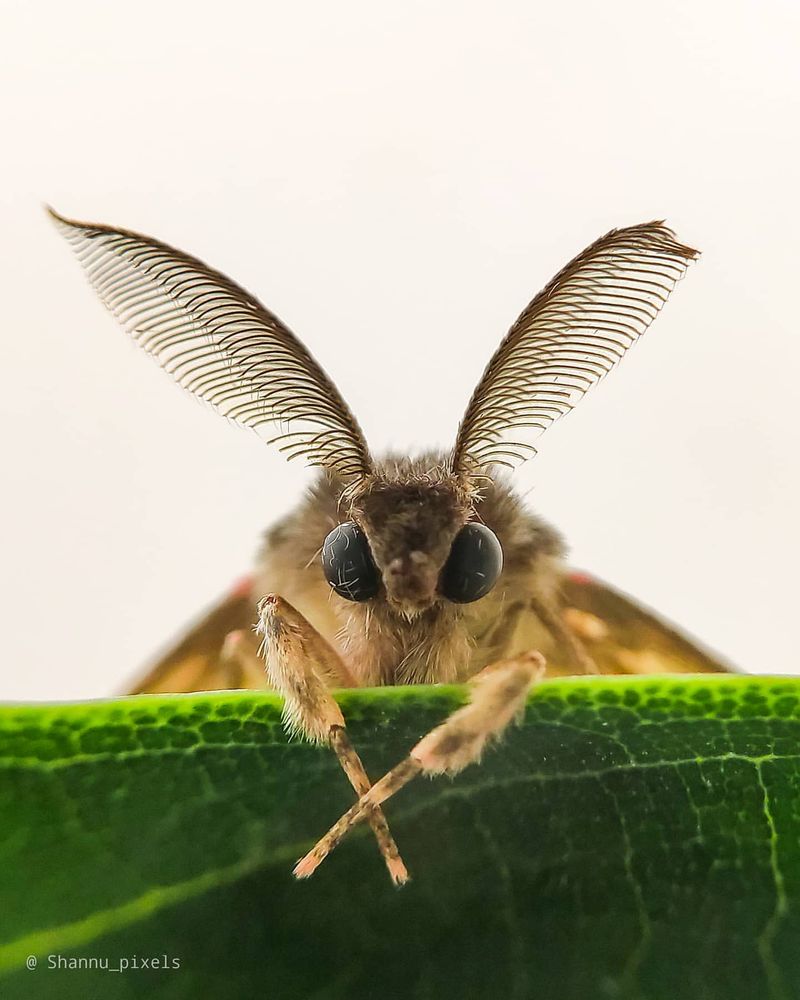
The Gypsy Moth is a notorious pest known for its ability to defoliate large areas of forest. Originally introduced to North America in the late 1800s, this moth has since caused significant ecological and economic damage.
The caterpillars feed on the leaves of hundreds of tree species, with oak trees being particularly susceptible. A severe infestation can lead to tree death, affecting timber industries and forest ecosystems.
Control efforts include aerial spraying of insecticides and the use of natural predators like certain types of birds and beetles. Public education and monitoring programs are also essential in managing outbreaks.
Preventive measures, such as trapping and removing egg masses, are effective in reducing gypsy moth populations. Forest management practices, including promoting tree diversity, can help mitigate the impact of these pests.
Continued research into biological control methods is vital for sustainable management.

